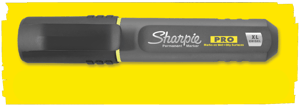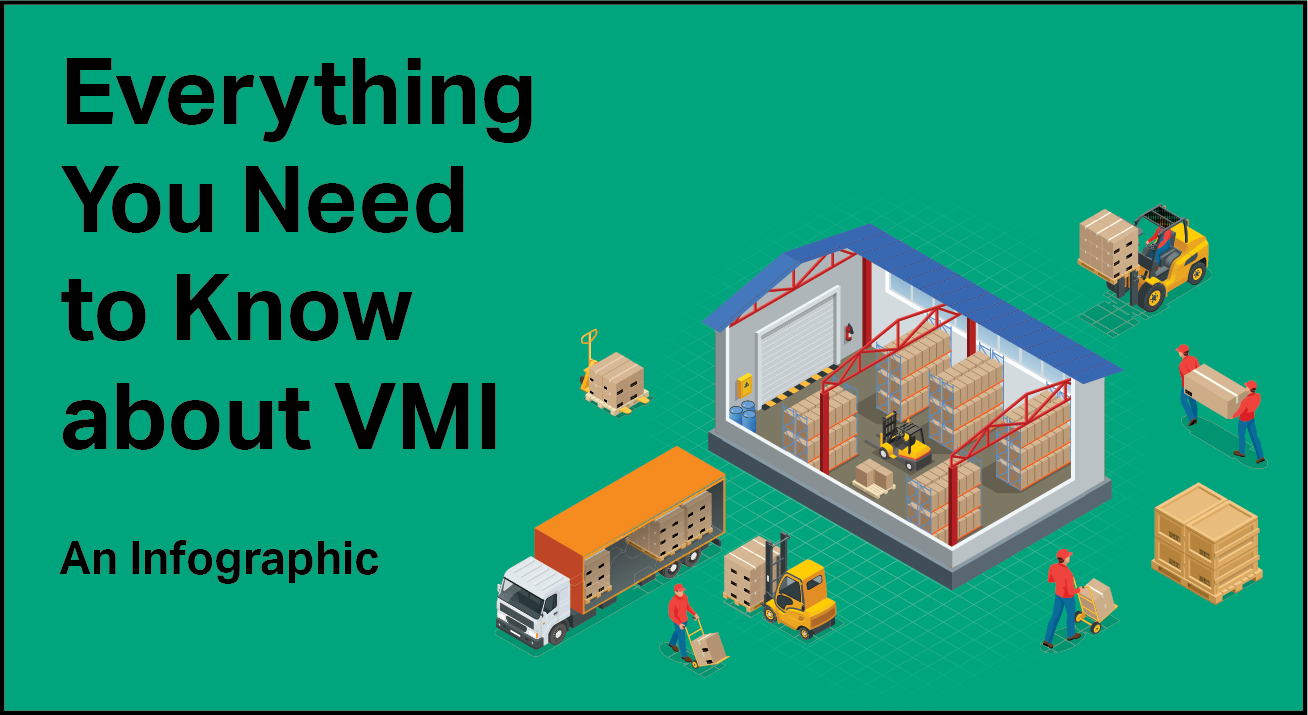It's a new year and everyone is trying to break a nasty habit. Most new year's resolutions incorporate some diet or another, other's are making 2019 the year to stop smoking, but there is one craze that has taken the forefront: Organization. Enhanced by the escalating success of Marie Kondo's Netflix show, Tidying Up with Marie Kondo, everyone is trying to organize their space to make room for a more successful 2019.
So how can you take the organization resolution and direct it toward your company? One place to start is your warehouse. Unfortunately, within your facilities Marie Kondo's method of grabbing an item and asking "Does this spark joy?" will not work. The products in your warehouses aren't there to bring you joy, they are there to build your revenue. So what methods can you use?
 Following these steps will help you achieve a more efficient and organized warehouse:
Following these steps will help you achieve a more efficient and organized warehouse:
Make a Game Plan
First and foremost, you must take control of your space. Walk around your warehouse, take in what you have and where it's currently located. Note any physical space limitations of the building itself. This is the information you'll need to create a floor plan. Once you feel confident in your warehouses capacity, put your plan to paper, this will help you visualize the system before you put it in use.
Your goal should be to shift the balance from chaos to organization. One way to stop the chaos before it starts is by super-sizing your receiving area. When making your floor plan, give your employees in receiving enough room to carry out all necessary tasks such as breaking down pallets and counting items.
Slotting: Everything Has A Place
When organizing your home, most people tackle one room at a time and then enforce the four pile method - dividing everything by Keep, Donate, Sell or Trash. Within your warehouse, you'll want to tackle items by category. Slotting (grouping like-items) can be done in several ways, based on your industry you can categorize inventory by either velocity, physical size, frequency of items picked together, seasonality or the way in which the items are used.
Lean Inventory
Once you've come up with a solid slotting plan, you'll need to create zones. The space closest to the packing station and getting the highest levels of traffic should be centered around the 80-20 rule. That means everything is this zone should hold the items that comprise of the top 20% of sales for 80% of your orders. It may seem like a lot of work creating this "warehouse within a warehouse", but it will drastically increase picker productivity and improve time searching for SKUs in distant parts of your warehouse.
Once you've determined what items are coming in and out of the warehouse most frequently, you can enforce lean inventory practices. Maintaining a lean inventory means that you only keep around what you actually need and nothing more. This can be done by reducing your safety stocks or having your suppliers deliver smaller loads on a more frequent basis.
Storage Solutions
What storage system you use depends on the type of business you run, the size and volume of products that come through your location, and the amount of space within your facility, among other things. Depending on your priorities, you can choose from several storing options:
- Pallet racking systems
- Stackable shelf bins
- Warehouse racks
- Drive-in or drive-thru racking
- Flow-through racking
- Push back shelving
- Cantilever racks
You’ll also want to consider shipping containers, storage bins, and even coolers if handling temperature-sensitive inventory. To get the most out of your facility, consider using a vertical shelving system. Adding taller storage units can help you keep more in the same square footage. The best storage bin for vertical shelving are Rubbermaid's All Access® Organizers. These storage bins have clear drop-down doors which allows you access even when stacked vertically.
Label It
Label everything! Racks, shelves, containers, docks, everything in your warehouse should be clearly marked so anyone can find it. As much as 70% of a material handler's day may be spent walking, so anything you can do to help will increase productivity! If your inventory is labeled by SKU (stock-keeping unit) be sure to number, not the product's type and include a description of the product. That way all the information you need is on the item.
 Whether you are using long-range retroreflective labels, cold storage labels, multi-level rack labels, or outdoor dock signs the Sharpie Pro is a great option to create your signage. Its new ink is formulated to mark on wet, oily, dusty, and abrasive surfaces. Because the Sharpie Pro can write on metal, wood, plastic, concrete, and glass, it's perfect for all you warehouse projects.
Whether you are using long-range retroreflective labels, cold storage labels, multi-level rack labels, or outdoor dock signs the Sharpie Pro is a great option to create your signage. Its new ink is formulated to mark on wet, oily, dusty, and abrasive surfaces. Because the Sharpie Pro can write on metal, wood, plastic, concrete, and glass, it's perfect for all you warehouse projects.
You should also consider products like barcodes, scanners, RFID systems and wireless LANs. At least 75% faster than manual data entry, these inventory management systems focus on monitoring the flow of products coming in and out of your warehouse to ensure the ease and accuracy of moving, counting, and picking your product.
Ensure you can print labels for every project with the DYMO Rhino 5200 Industrial Label Maker. Using thermal transfer printing technology print barcodes, industrial symbols, letters, numbers, fractions and more than 100 symbols. Get your own Industrial Label Maker today, by following this link: DYMO Rhino 5200!
Reviews
Now that your warehouse is set up just the way you want it, you'll need to make sure everything continues to run smoothly. Soon after your layout is in place, it’s a good idea to do a run through of any potential problems that may occur with your design. The process should involve checking a picked item against an order to make sure it’s the correct SKU, quantity, in it's proper location, and has an efficient retrieval time.
Every quarter you should perform Cycle counts. This inventory counting process should take place in waves counting small subsets of inventory during each wave. This helps keep inventory numbers far more accurate as well as helps identify missing stock and putaway errors. Lastly, consider seasonal reviews. Your most popular SKUs likely change with the seasons, so re-slot your warehouse to accommodate your business model.




